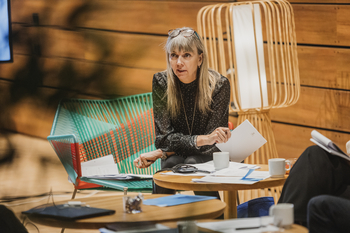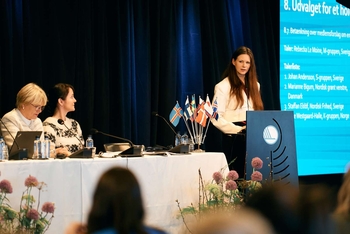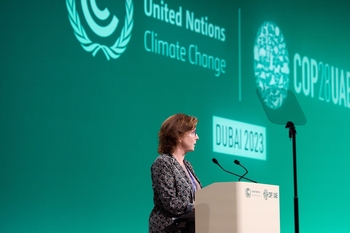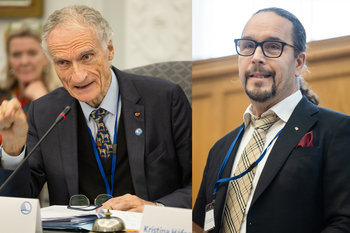Barriers to work in Nordic labour markets
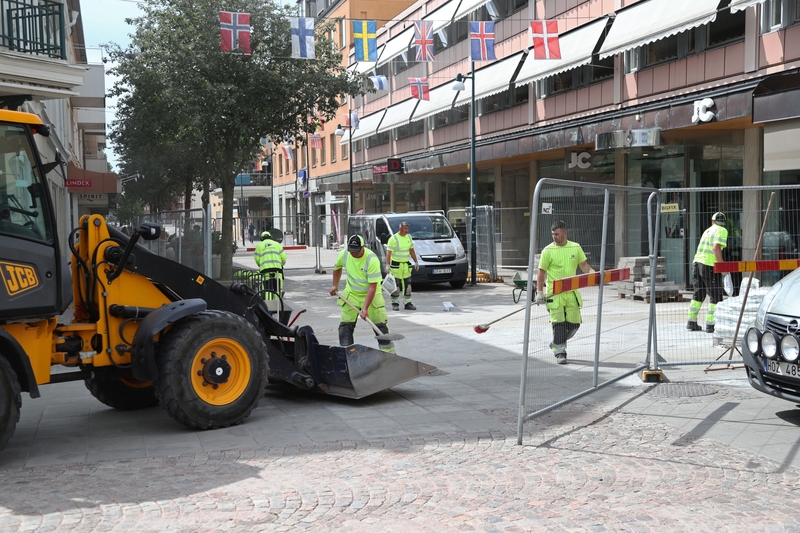
There are four groups that generally find it difficult to get or keep a job: young people, the elderly, immigrants, and those with disabilities. Although there are individual reasons for them remaining outside of the labour market, there are also barriers over which they have no influence.
For example, economic conditions might be weak just at the point they intend to enter the labour market. This can affect jobseekers’ opportunities even several years after the economy has picked up again.
24 key obstacles
By reviewing 80 Nordic research reports, the researchers identified 24 different obstacles, which they then placed into four groups:
-
Individual obstacles, such as lack of language skills
-
Obstacles relating to the labour market and employers
-
Bureaucratic obstacles
-
Obstacles related to economic incentives and motivation
Those in marginalised groups in the labour market rarely encounter just one issue. For example, while the immigrant group may have language difficulties, they may also have psycho-social problems or an education that’s not in demand in the labour market or not approved by the authorities.
Of the 24 barriers that the researchers found, some apply to just one of the four groups. But 12 of the barriers exist for two or more groups. Caring for young children is something that both immigrants and young people may need to find a solution for, but which is less of an issue for the elderly. However, the retirement of a life partner and that an older person therefore stops working is a barrier only in that group.
A new way of thinking about unemployment
“To take such a comprehensive look at the barriers to accessing the labour market is, as far as we know, not something that has ever been done before in the Nordic Region,” says Vibeke Jakobsen, who is a senior researcher at Vive and project leader for part of the research project.
The researchers have also drawn inspiration from similar studies in the OECD, including “Faces of Joblessness”.
Getting an overall picture of the barriers in the labour market is important since it can be a tool for those who work with state employment agencies to identify and influence the barriers faced by vulnerable groups.
“It will also be important for the next steps in the research project, which will consist of two further phases,” says Jakobsen.
In the next phase of the project, we’ll try to identify which obstacles have the biggest impact in each group. In turn, this is important in determining which measures to remove barriers are most effective.
Do we need a new labour market policy?
In the later phase of the research project, the researchers will look at what benefits can be leveraged from shifting the focus of labour market policy from it mostly dealing with marginalised groups to concentrating more on dealing with the barriers.
There’s a lot to that can be learnt from each other in the Nordic countries. The first report that the research group presented in 2022 concluded that an additional 700,000 people could have had a job if all the Nordic countries had the same employment rate as in the country with the highest level, within the various groups that have difficulty accessing the labour market.
About the research project
The research project is a collaboration between HBS Economics, which is a Danish consultancy firm that advises public authorities, organisations and private companies, as well as VIVE (The Danish Center for Social Science Research), which is an independent institution under the Danish Ministry for the Interior and Health. The Nordic Council of Ministers is funding the project. It began in 2021 and will conclude in December 2024.
Others participants in the project are country experts from Stockholm University, the University of Bergen, the Finnish National Institute for Health and Welfare (THL), and the University of Iceland
